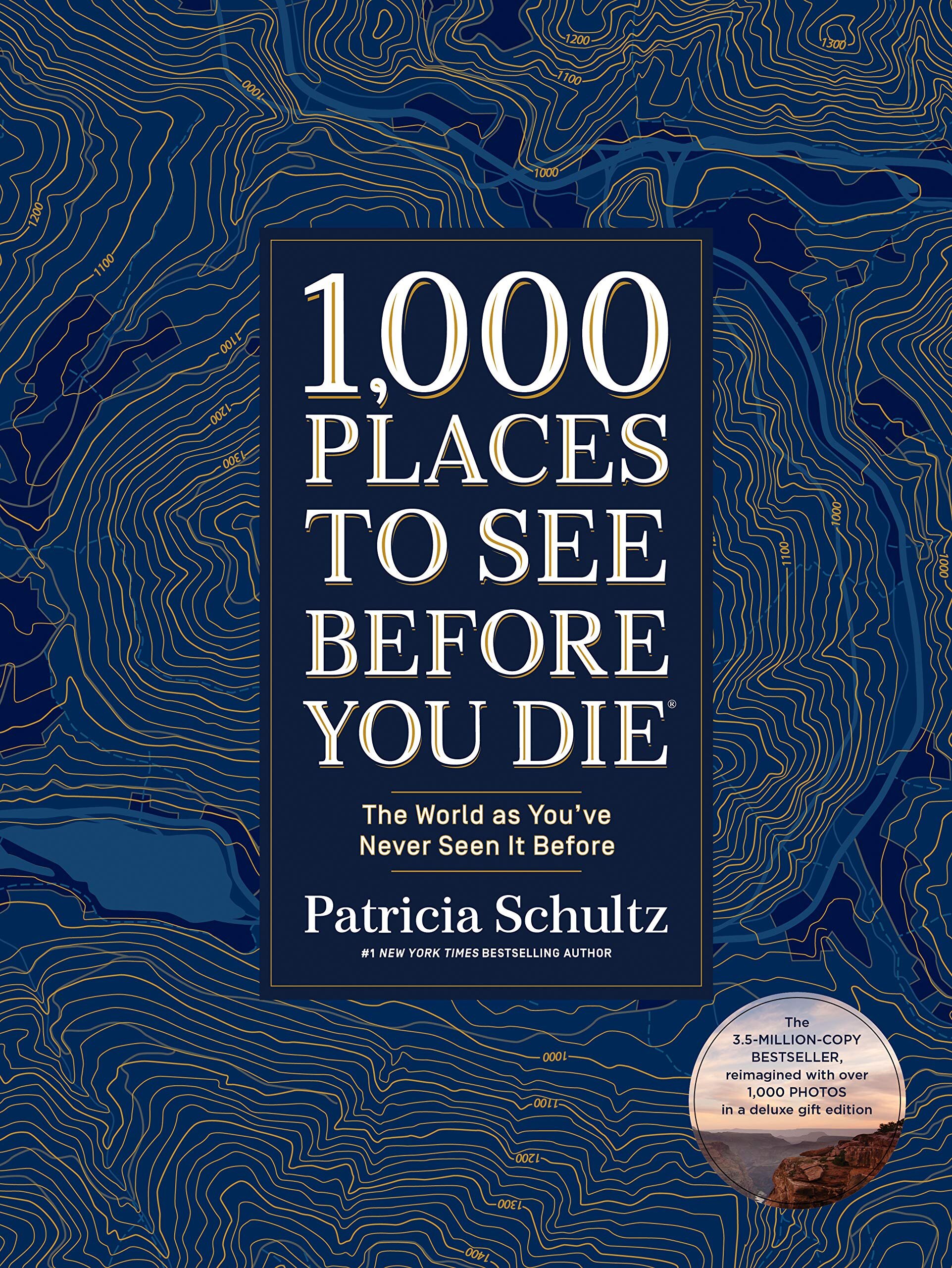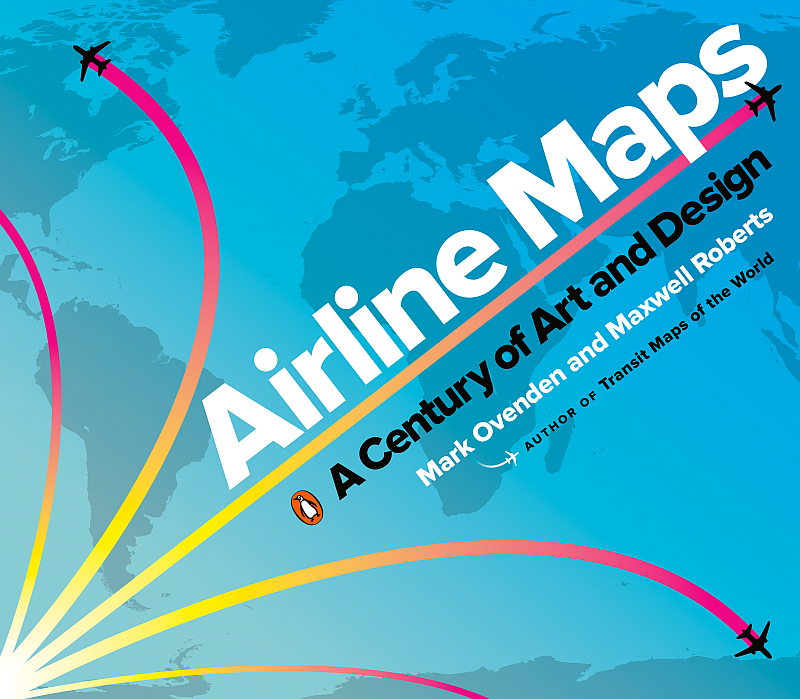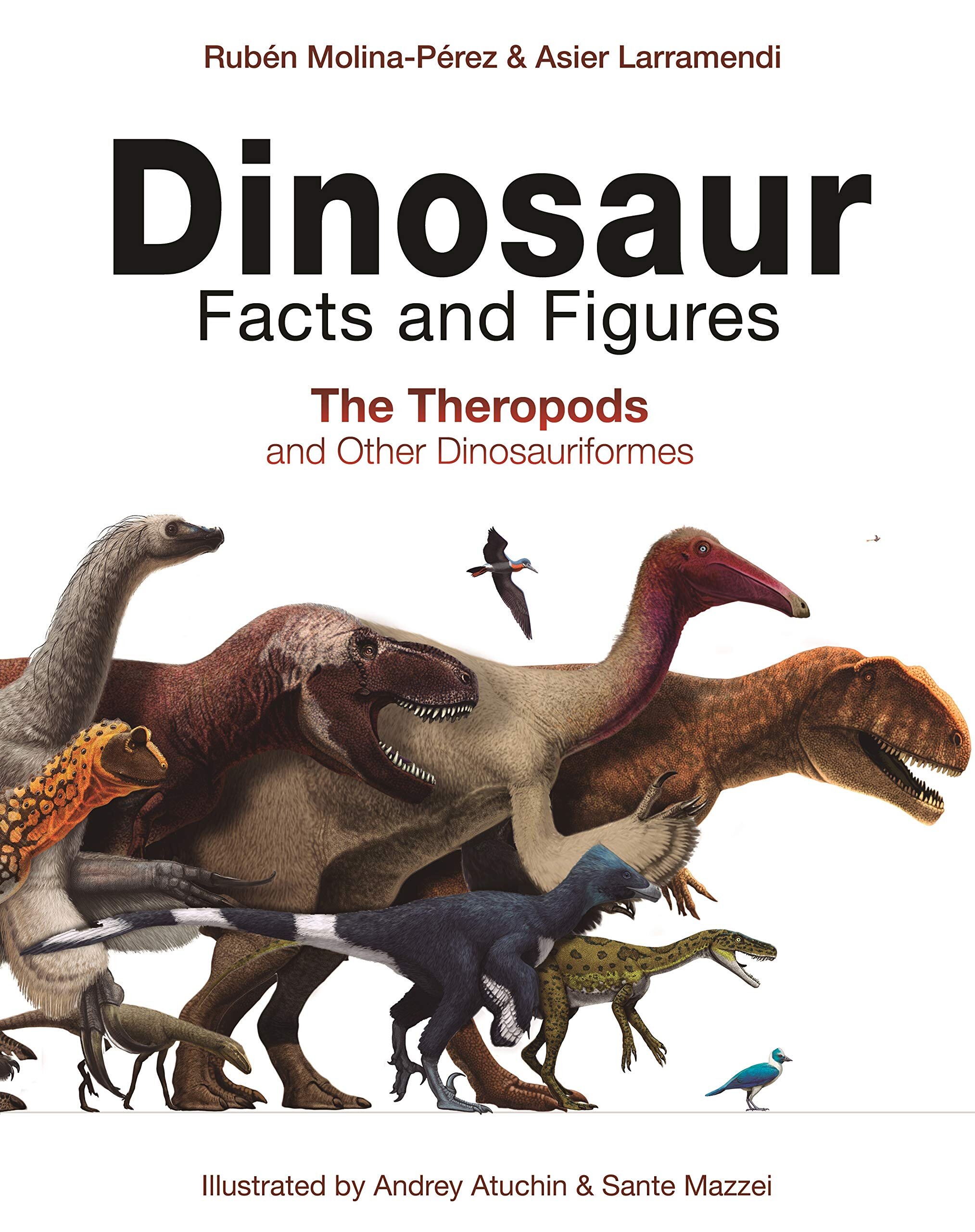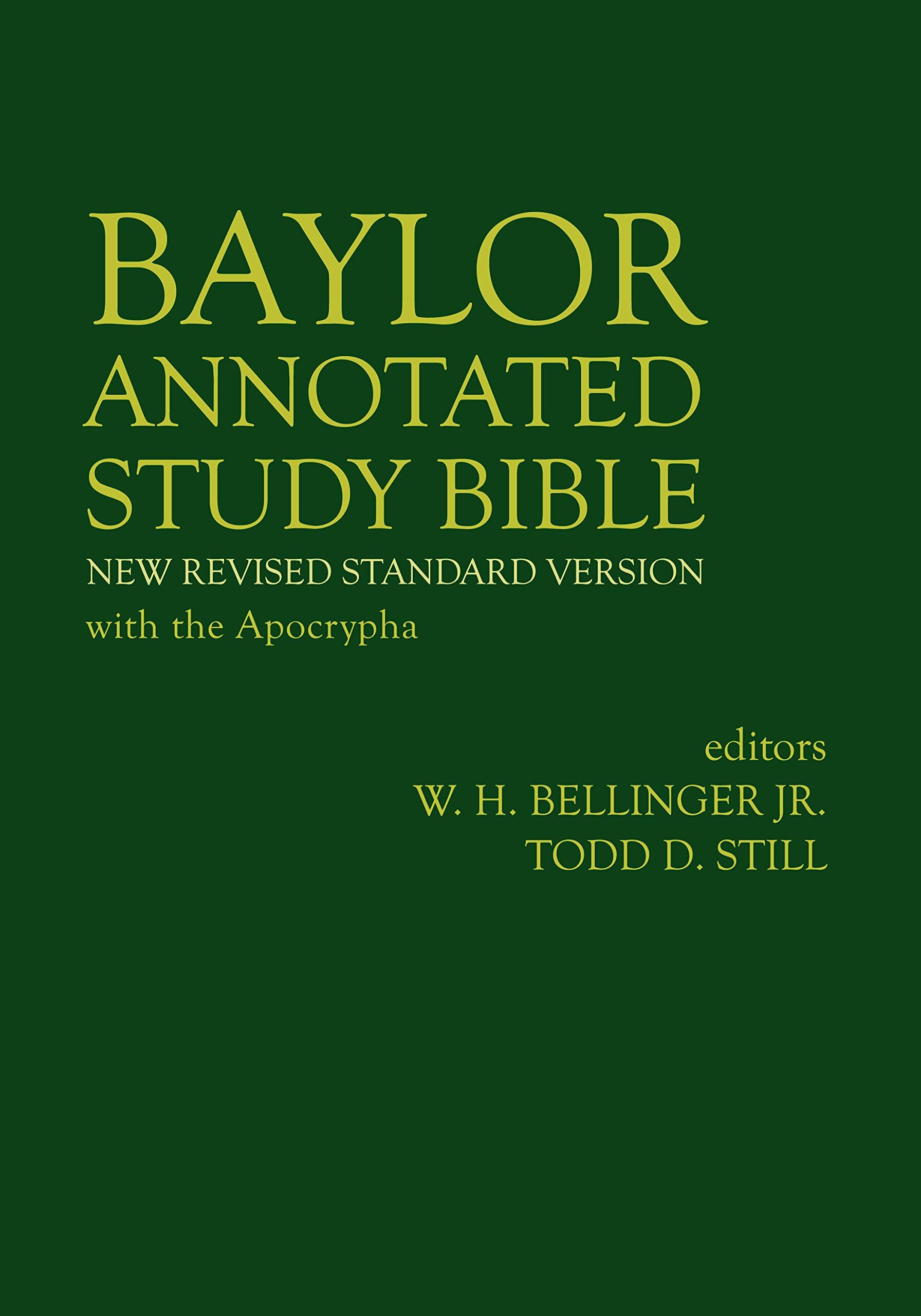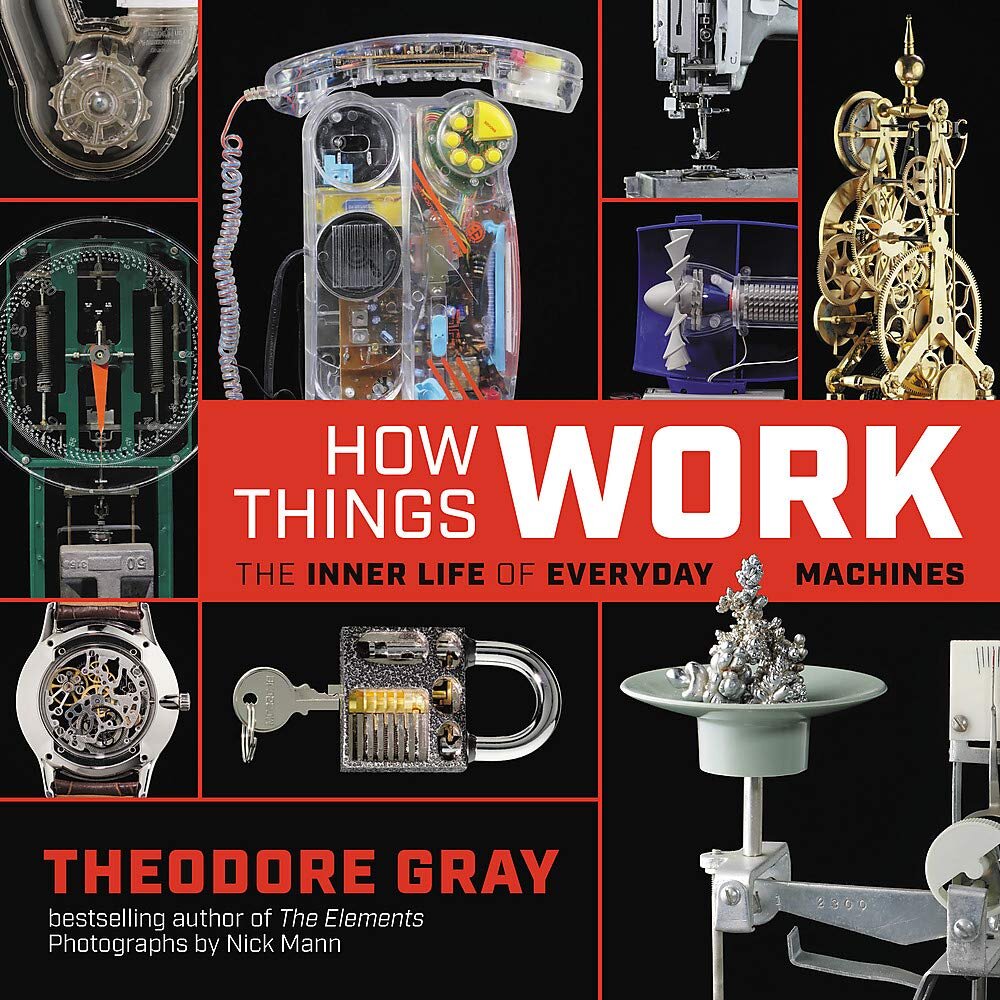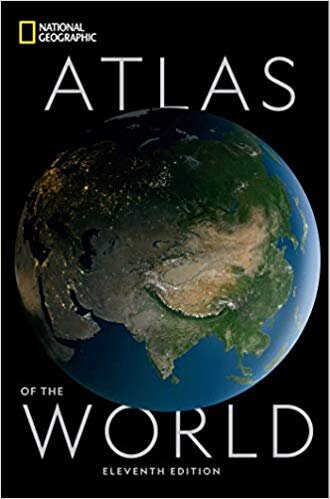The Best Books of 2019: Reference!
/Living in the uninterrupted era of so-called alternate facts, a time when a public official can say do something, turn instantly to gathered spectators, and say, “You didn’t, in fact, see that,” a time when the President of the United States can tell the cheering crowds at his Klan rallies that they cannot believe what they see and hear, plain old ordinary works of fact-checked reference take on a significance they’ve seldom had before. And the best of these volumes kick off our festivities this year:
10 1000 Places to See Before You Die (Deluxe Edition) by Patricia Schultz (Artisan) - This huge and gorgeously redesigned ‘bucket list’ tour of the world serves as both a commemoration of the success of Schultz’s original idea and a reminder of why it was such a success in the first place. An endless source of digression.
9 Airline Maps: A Century of Art and Design by Mark Ovenden & Maxwell Roberts (Penguin) - Leave it to Penguin to match a very unlikely subject with beautiful design in order to make a unique delight: page after page of webwork flight routes and vintage airline advertisements, combined with a light touch of fascinating text.
8 Dinosaur Facts and Figures: The Theropods by Ruben Molina-Perez & Asier Larramendi (Princeton) - Elaborate dinosaur books are, thankfully, plentiful, but even in that crowded field, this volume stands out, presenting readers with everything currently known about the most famous extended family of the dinosaur world.
7 Baylor Annotated Study Bible, edited by W. H. Bellinger & Todd Still (Baylor University Press) – An excellent annotated study bible is a curious work of art, and this one from Baylor is the finest of the year, full of quiet erudition provided by dozens of scholars on every aspect of the world's most studied book.
6 The Atlas of Boston History by Nancy Seasholes (University of Chicago Press) – The success of Walter Muir Whitehill's Boston: A Topographical History many years ago demonstrated how oddly well Boston's history can be told in maps and pictures, and that approach has never been so compellingly done as in this lovely volume.
5 Dreyer’s English: The Utterly Correct Guide to Clarity and Style by Benjamin Dreyer (Random House) – Prescriptive grammar guides always combine the height of arrogance with the height of irrelevance, and you can tell just from the title of this terrific book by Dreyer that his book will be no exception. But prescriptive grammar guides can also be immense fun, and that's very, very much true in this case as well.
4 Manga, edited by Nicole Rousmaniere and Matsuba Ryoko (Thames & Hudson) – The whole wild history and bewildering variety of the art form of manga comes alive in this amazingly illustrated oversized volume, designed to accompany a popular museum installation. The editors and authors in these pages treat their vast subject with intelligence, wit, and near-endless detail.
3 The Photo Ark: Vanishing by Joel Sartore (National Geographic) – The saddest possible picture book is also easily one of the year's best: Sartore's super-detailed, wrenchingly empathetic studio portraits of the most endangered animals in the world, the species who are vanishing from our midst, caught here in all their beauty and vulnerability.
2 How Things Work: The Inner Life of Everyday Machines by Theodore Gray (Black Dog & Leventhal) – Guidebooks giving explanatory cross sections of technology likewise have a long history, but this book is by far the best of its kind in years, combining sharp illustrations and crystal-clear prose to explain dozens of things you take for granted every day.
1 National Geographic Atlas of the World, 11th Edition – In a time when every single person has an endless number of high-definition electronic maps on their phones at any moment, a huge table-top world atlas might seem like the ultimate redundancy, but the only word to describe this production is glorious. Forget the Internet chatter: re-acquaint yourself with your world.

